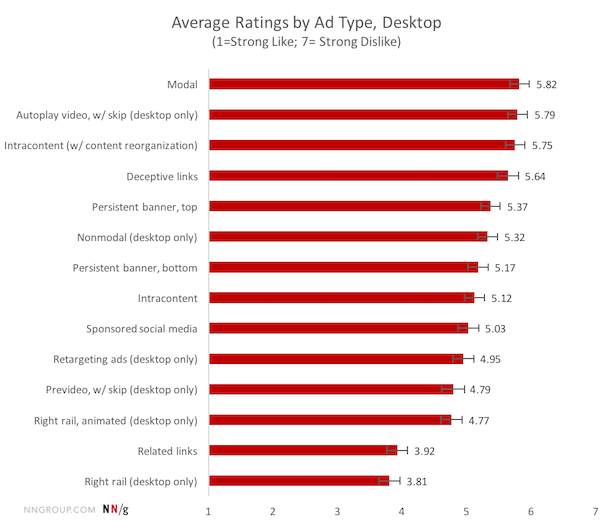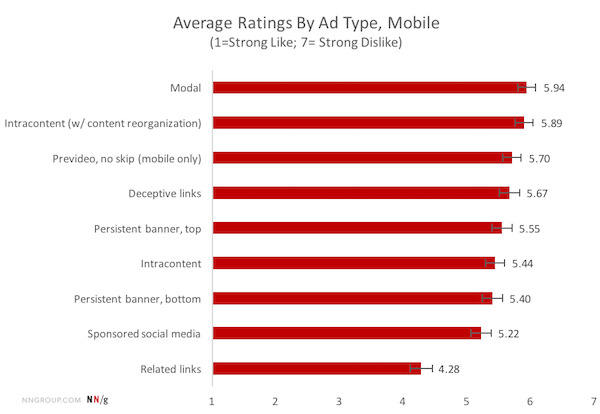It’s a scenario straight out of Kiefer Sutherland’s TV series 24. There’s a ticking time bomb somewhere in the city. The only way to stop it is to torture a captured suspect into revealing its location. Yes, torture is wrong. But is it worth it to save the lives of hundreds of innocent people?
What do you do?
This hypothetical dilemma has come up so many times in both fiction and serious philosophical and ethical debates that it has a name: the ticking time bomb scenario.
It’s an uncomfortable choice. Many people avoid having to make it by pointing out that the scenario itself is highly implausible. (For a variation on this, there’s an interesting thought experiment known as the Trolley problem too — always good for a lively debate at the pub.) We prefer solutions that allow us to both keep the city safe and uphold our ethical values.
So how is any of this relevant to marketing management?
Marketing’s Ticking Time Bomb Scenario
There are two popular themes in marketing today:
- Marketers should be performance-oriented, embracing the data-driven practices of conversion optimization.
- Marketers should champion customer experiences that people love because that builds a great brand which delivers great value back to the company.
We want great CRO (conversion rate optimization) and great CX (customer experience).
We don’t want to choose between them. And while at some level, most of us recognize that there is tension between those two objectives, it’s easier to pretend that there isn’t any hard choice to be made. But in some pretty obvious situations, there is.
For marketers, our ticking time bomb scenario is the pop up modal “subscribe” box.
I was thinking about this when reading Quincy Larson’s article on the types of ads that Internet users hate the most, which cites data from a recent Nielson Group survey (shown at the top of this post). He begins with a visceral example:
Admit it: you hate it when one of those “subscribe” modals pops up in your face too. It’s annoying. And even if you would have wanted to subscribe to the blog because you like its content, the jarring experience of having it interrupt you as you’re in the flow of what you’re reading is unpleasant.
There is no way to defend that as a great customer experience.
So why do marketers do this? I asked that question on Twitter and was immediately told the obvious, “Because it works.” As a conversion optimization tactic, it’s incredibly effective.
“It’s okay to pressure a few website visitors if it grows our mailing list,” reasons Jack Bauer, CMO.
Maybe. But it does raise important questions that you may prefer to avoid confronting yet are impacting your outcomes in the big picture:
- If a tactic has a high conversion rate, but your audience tells you out-of-band that they hate it, should you do it anyway?
- Is marketing performance more important than customer experience in your organization’s culture and priorities?
- Even if an unpopular tactic has a high conversion rate, is it possible that it’s actually sabotaging your brand in ways that will negatively effect your performance downstream? How would you know?
- Are your bad CX practices soft spots that competitors could attack by eschewing such tactics? Could you attack competitors on theirs? (Reminds me of Drift’s radical NoMQL movement in content marketing.)
- Can a little more imagination discover other ways to still achieve performance metrics without sacrificing audience happiness?
Let me close by assuring you that someone would have to pry my WordPress admin console out of my cold, dead hands before there’d ever be a modal “subscribe now” pop-up on this blog.
But since chiefmartec.com is more a labor of love than a commercial venture, that’s easy for me to say. There’s no ticking time bomb in my little city.
P.S. Here’s the data on the mobile ads people hate most — modals are really infuriating there:







Trick question?
For some, a trick question. For others, a tricky question.
Hilarious!
Scott, I really think there is no right answer to this. It depends on the strategy. If it is pointing on the short term, maybe modals and other irritating stuff should be used.
Really enjoyed reading your article, it made me think about it.
It’s all about the word “works.” It may “work” to get more new subscribers, but it may also “not work” because it turns away existing subscribers. You have to make sure you’re measuring churn or engagement continuity along with new subscribers metric to get the true picture. (Also, sign me up for the “no modals ever” pledge.)
Additional question, When approaching quarter or fiscal year end, and you find you are behind your expected numbers, does that change your answer?
I’d like to think of a trust as a bank. The more you deposit with a customer the happier they are. Offer emails and showing pop up ads “withdraw” trust, while informative content (with no hidden agenda) is a deposit into the trust account. That’s why there are people like Ramit Sethi who have tremendously loyal followings despite the use of pop up ads. I’ve seen firsthand that people don’t like it when you don’t respect the fact that they’ve given you their email.
Also, you have to test everything. Just cause it works now, doesn’t mean that people will get so sick of it that conversions won’t work anymore.
There is always somebody who will do everything for the money. In today’s world of planning no further than one fiscal quarter, big short term profits give raises and promotions – nobody cares about the end user, sadly.
Media companies went too far and we all can see what happens to those we can’t go back and establish any kind of trust with their customers anymore.
Fortunately, we have ad blockers!